MBA 690 - Travel & Tourism Industry: Marketing, Strategy, and Change
VerifiedAdded on 2023/04/22
|5
|912
|118
Report
AI Summary
This report provides an analysis of the marketing and strategy plan for the Travel and Tourism (TAT) industry, examining the impact and nature of change, key obstacles, and opportunities, as well as enabling and inhibiting factors that have driven change in the past and may continue to do so in the future. The report identifies trends such as increased demand for new experiences, last-minute bookings, and newly invented destinations, along with contemporary issues and challenges facing the industry. It highlights the need for well-structured tourism planning and development to achieve sustainability in global tourism. Key obstacles include balancing supply and demand, addressing ethical issues of enclave tourism, and understanding millennial tourist preferences, while opportunities include expansion, revenue generation, promotion of less popular destinations, and spreading socio-cultural activities. The report also categorizes factors driving change, such as economic, environmental, demographic, nature-related, geographical, legal, political, technological, and socio-cultural factors, along with inhibiting factors like genetic and psychological considerations. It concludes that while the TAT industry faces challenges due to evolving trends and millennial interests, well-executed marketing strategies can overcome obstacles and leverage opportunities.
1 out of 5
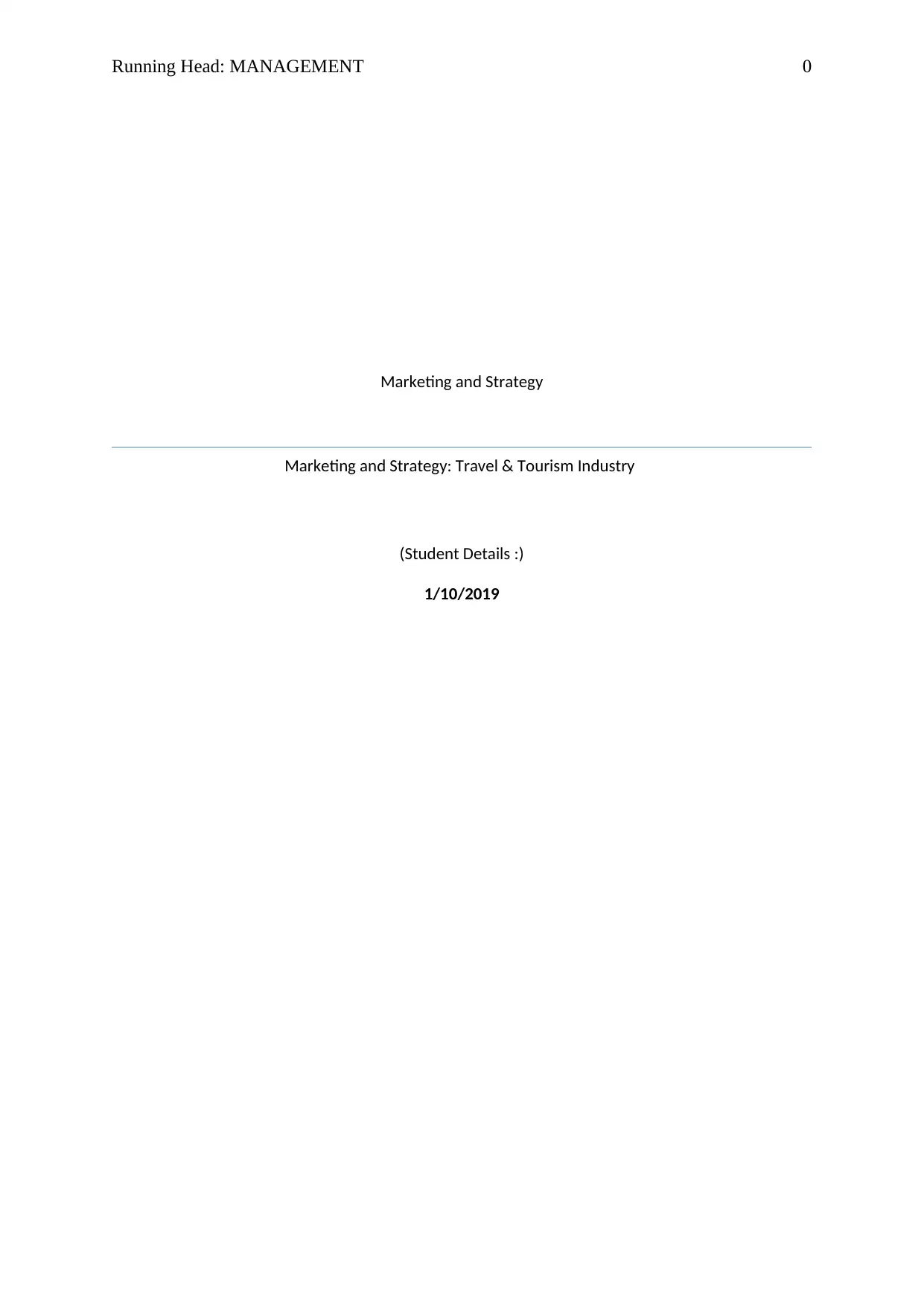
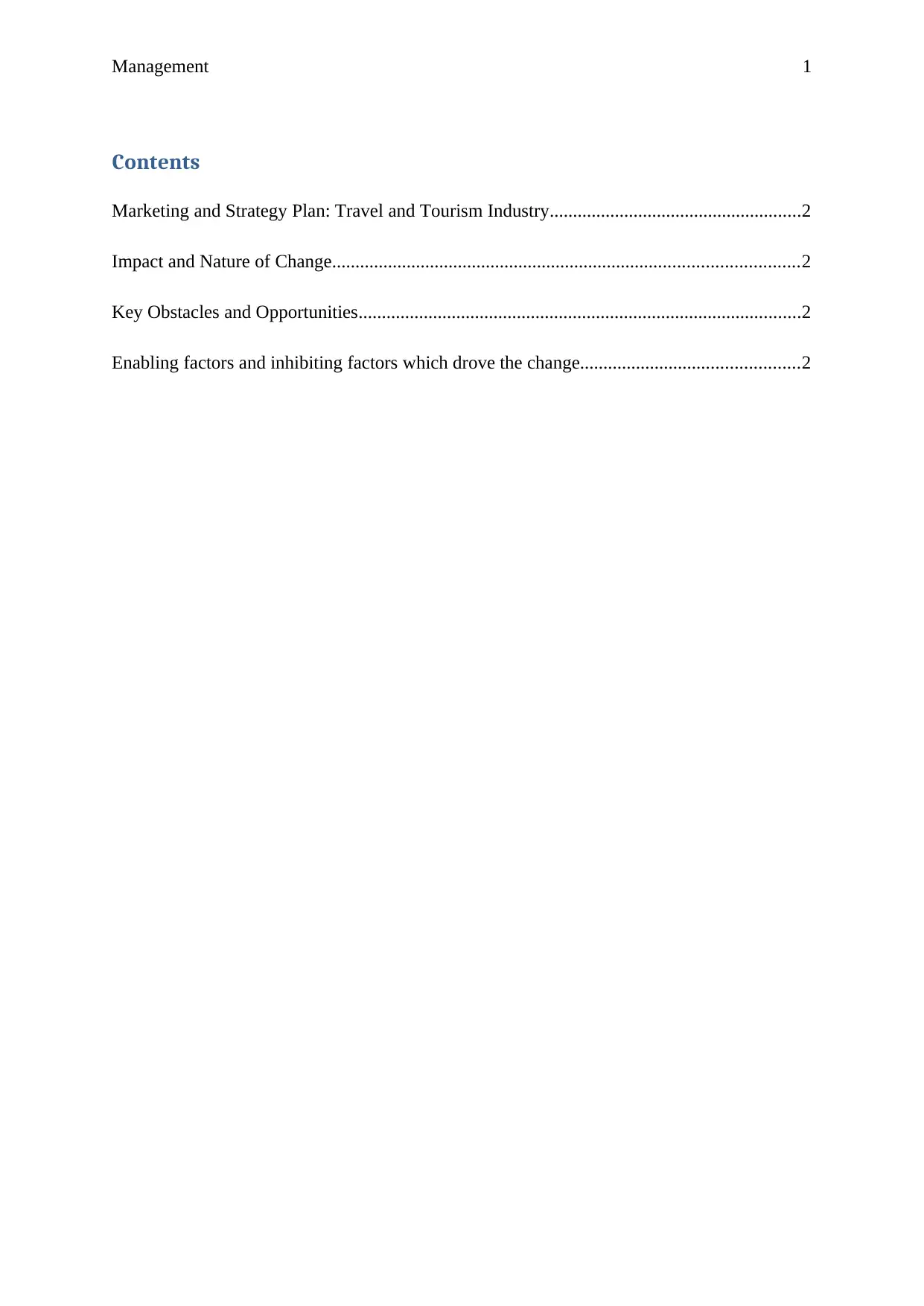
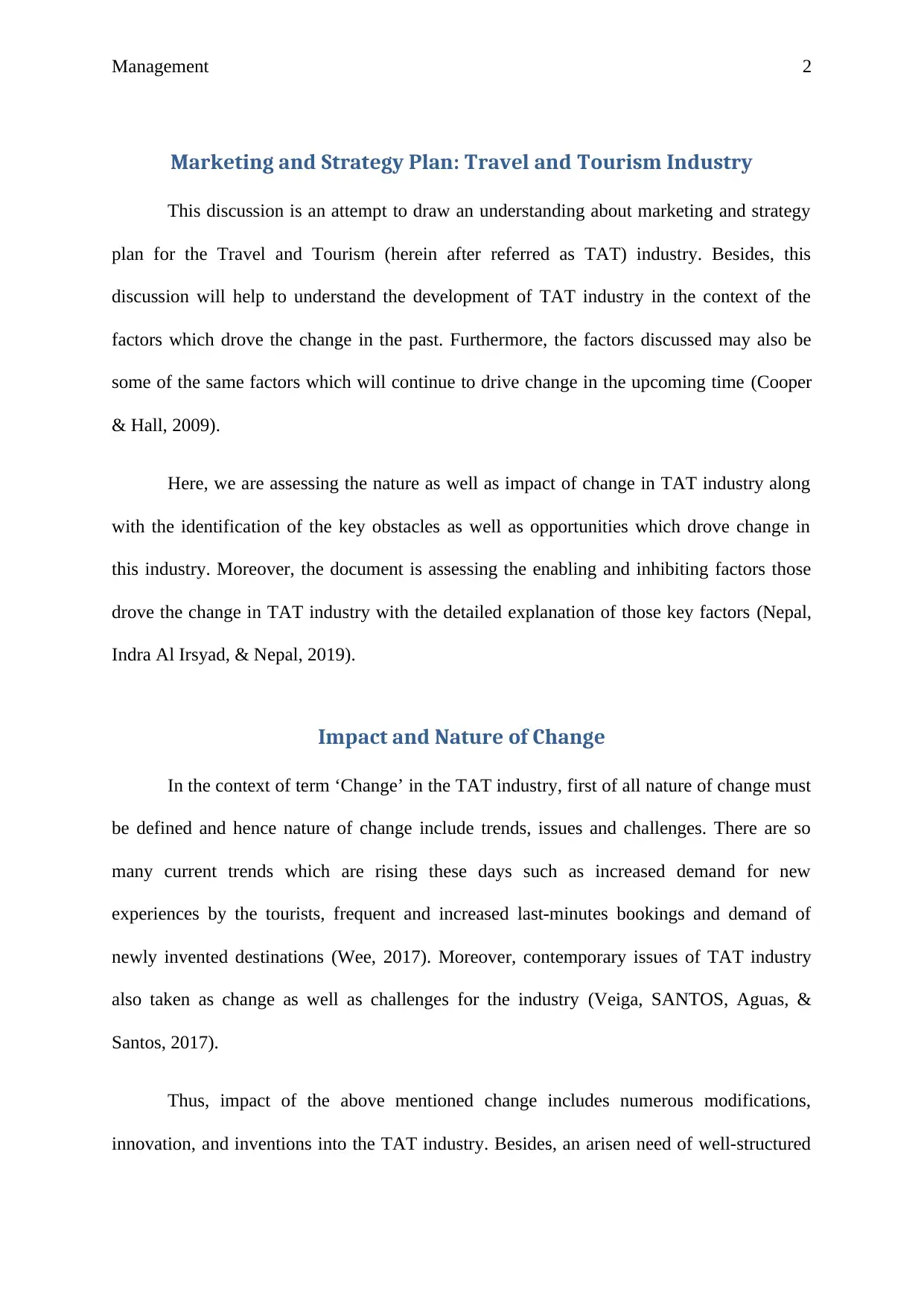

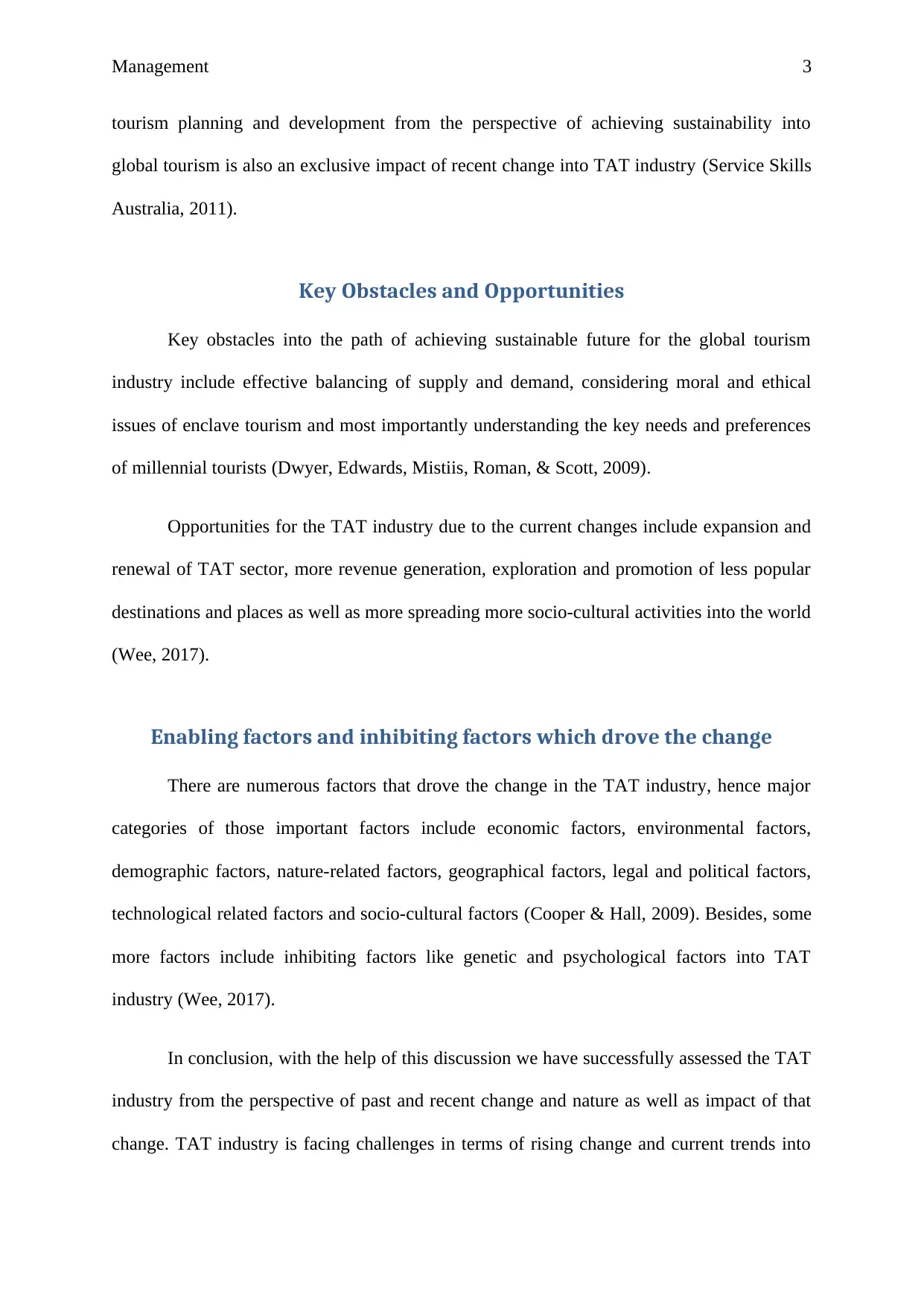
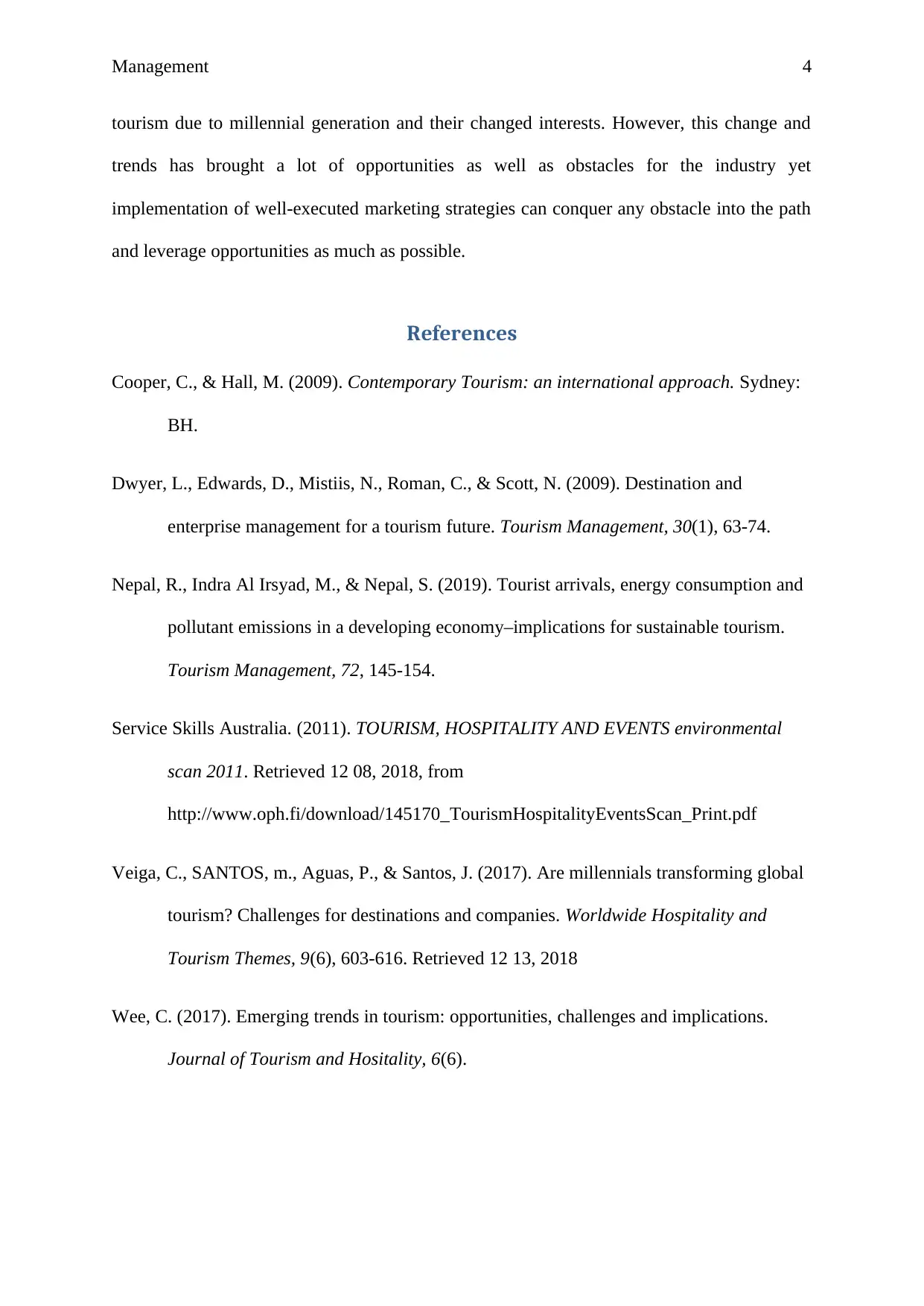



![[object Object]](/_next/static/media/star-bottom.7253800d.svg)